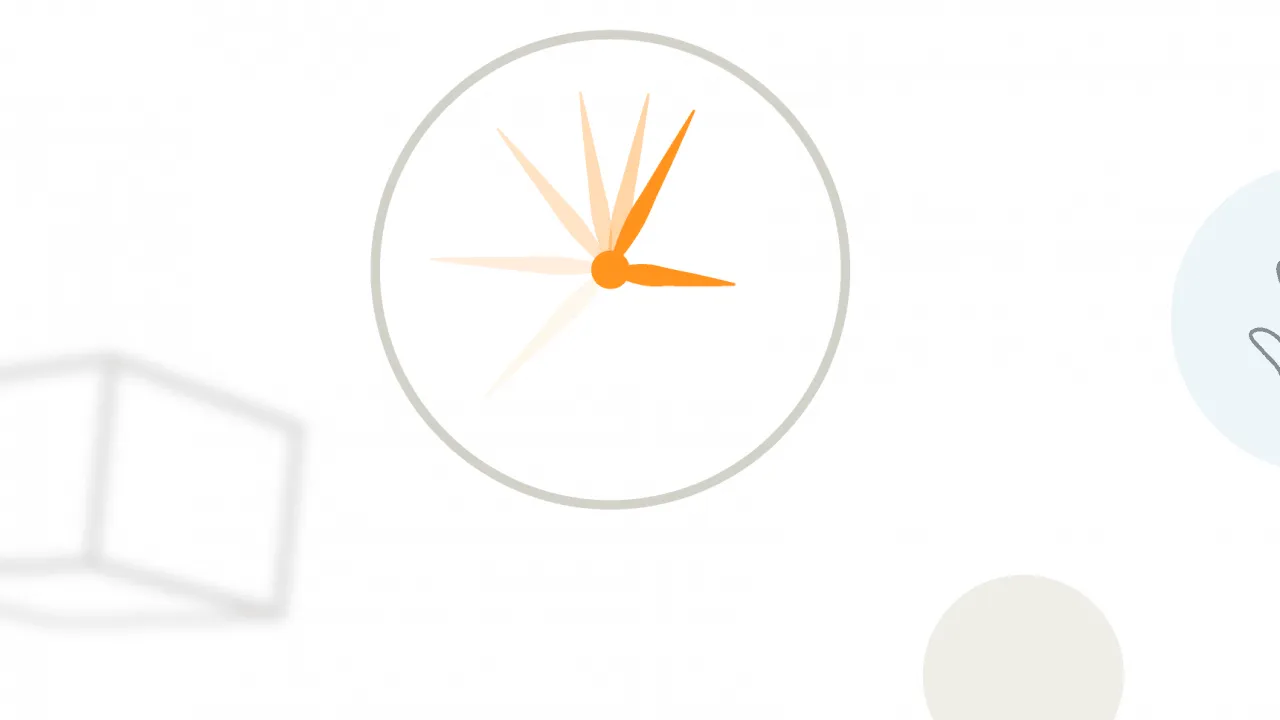
Intro to the Design of Everyday Things 
This course introduces the fundamentals of design and how it can be used to improve everyday life. It explores how design decisions, such as choosing a seat in an auditorium or rearranging furniture, can have an impact on the user experience. It also covers topics such as email composition and product design. ▼
ADVERTISEMENT
Course Feature
![]() Cost:
Cost:
Free
![]() Provider:
Provider:
Udacity
![]() Certificate:
Certificate:
No Information
![]() Language:
Language:
English
![]() Start Date:
Start Date:
On-Demand
Course Overview
❗The content presented here is sourced directly from Udacity platform. For comprehensive course details, including enrollment information, simply click on the 'Go to class' link on our website.
Updated in [March 06th, 2023]
[Course Overview]
Intro to the Design of Everyday Things is a course that provides an introduction to the principles of design. It covers topics such as usability, user experience, and interaction design. The course is based on the book The Design of Everyday Things (Revised and Expanded Edition, November 2013) by Don Norman. It is intended to be enjoyable and informative for anyone curious about design, from everyday people to technical people, designers, and non-designers alike. The course will provide an overview of the key concepts from the first two chapters of the book, and will help learners understand the importance of design in everyday life.
[Why to Learn]
Design is an important part of everyday life, and understanding the principles of design can help learners create better experiences for themselves and others. This course provides an introduction to the principles of design, and will help learners understand the importance of design in everyday life. It covers topics such as usability, user experience, and interaction design, and will help learners understand how to create better experiences for themselves and others.
[Development Paths]
This course provides an introduction to the principles of design, and is intended to be enjoyable and informative for anyone curious about design. After completing this course, learners can continue their learning by taking more advanced courses in design, such as User Experience Design, Interaction Design, and Visual Design. They can also explore other topics related to design, such as Human-Computer Interaction, Design Thinking, and Product Design.
[Related Learning Suggestions]
Learners interested in design can also explore other topics related to design, such as Human-Computer Interaction, Design Thinking, and Product Design. They can also take courses in other areas, such as programming, web development, and graphic design, to gain a better understanding of how design works in the real world. Additionally, learners can explore the work of other designers to gain inspiration and insight into the design process.
[Applications]
After completing this course, participants should be able to apply the concepts learned to their everyday lives. They should be able to recognize the importance of design in their environment and be able to identify design flaws in everyday objects. Participants should also be able to apply the principles of design to create better experiences for themselves and others.
[Career Paths]
1. User Experience (UX) Designer: UX Designers are responsible for creating user-friendly experiences for customers and clients. They use research, testing, and analysis to create designs that are both visually appealing and easy to use. As technology continues to evolve, UX Designers will be in high demand to create user-friendly experiences for a variety of platforms.
2. Product Designer: Product Designers are responsible for creating products that are both aesthetically pleasing and functional. They use a combination of research, design, and engineering to create products that meet the needs of their customers. As technology continues to evolve, Product Designers will be in high demand to create products that are both innovative and user-friendly.
3. Interaction Designer: Interaction Designers are responsible for creating interactive experiences for users. They use a combination of research, design, and engineering to create experiences that are both intuitive and engaging. As technology continues to evolve, Interaction Designers will be in high demand to create experiences that are both innovative and user-friendly.
4. Visual Designer: Visual Designers are responsible for creating visually appealing designs for websites, apps, and other digital products. They use a combination of research, design, and engineering to create designs that are both aesthetically pleasing and functional. As technology continues to evolve, Visual Designers will be in high demand to create designs that are both innovative and user-friendly.
[Education Paths]
1. Bachelor of Design: A Bachelor of Design is a four-year degree program that focuses on the principles of design and how to apply them to everyday objects. Students learn about the history of design, the fundamentals of design theory, and the latest trends in design. They also gain hands-on experience in creating and developing products, from concept to completion. This degree is ideal for those interested in pursuing a career in product design, graphic design, or interior design.
2. Master of Design: A Master of Design is a two-year degree program that focuses on the advanced principles of design. Students learn about the history of design, the fundamentals of design theory, and the latest trends in design. They also gain hands-on experience in creating and developing products, from concept to completion. This degree is ideal for those interested in pursuing a career in product design, graphic design, or interior design.
3. Master of Science in Human-Computer Interaction: A Master of Science in Human-Computer Interaction is a two-year degree program that focuses on the design of interactive systems. Students learn about the principles of user experience design, the fundamentals of user interface design, and the latest trends in user experience design. They also gain hands-on experience in creating and developing interactive systems, from concept to completion. This degree is ideal for those interested in pursuing a career in user experience design, user interface design, or software engineering.
4. Doctor of Design: A Doctor of Design is a four-year degree program that focuses on the advanced principles of design. Students learn about the history of design, the fundamentals of design theory, and the latest trends in design. They also gain hands-on experience in creating and developing products, from concept to completion. This degree is ideal for those interested in pursuing a career in product design, graphic design, or interior design. It is also ideal for those interested in pursuing a career in research or teaching.
Course Provider

Provider Udacity's Stats at AZClass
Discussion and Reviews
0.0 (Based on 0 reviews)
Explore Similar Online Courses

Deep Anger Management (for Coaches&Counselors)

Introduction to Digital Marketing

Python for Informatics: Exploring Information

Social Network Analysis

Introduction to Systematic Review and Meta-Analysis

The Analytics Edge

DCO042 - Python For Informatics

Causal Diagrams: Draw Your Assumptions Before Your Conclusions

Whole genome sequencing of bacterial genomes - tools and applications

SAPs UX Strategy in a Nutshell by Sam Yen

Creating Business Value with User Experience

Copywriting: Improve User Experience One Word at a Time
 Related Categories
Related Categories
 Popular Providers
Popular Providers
Quiz
 Submitted Sucessfully
Submitted Sucessfully
1. What is the main purpose of this course?
2. Who is the author of The Design of Everyday Things?
3. What is the intended audience of this course?
4. Who wrote The Design of Everyday Things?
Correct Answer: Don Norman


Start your review of Intro to the Design of Everyday Things